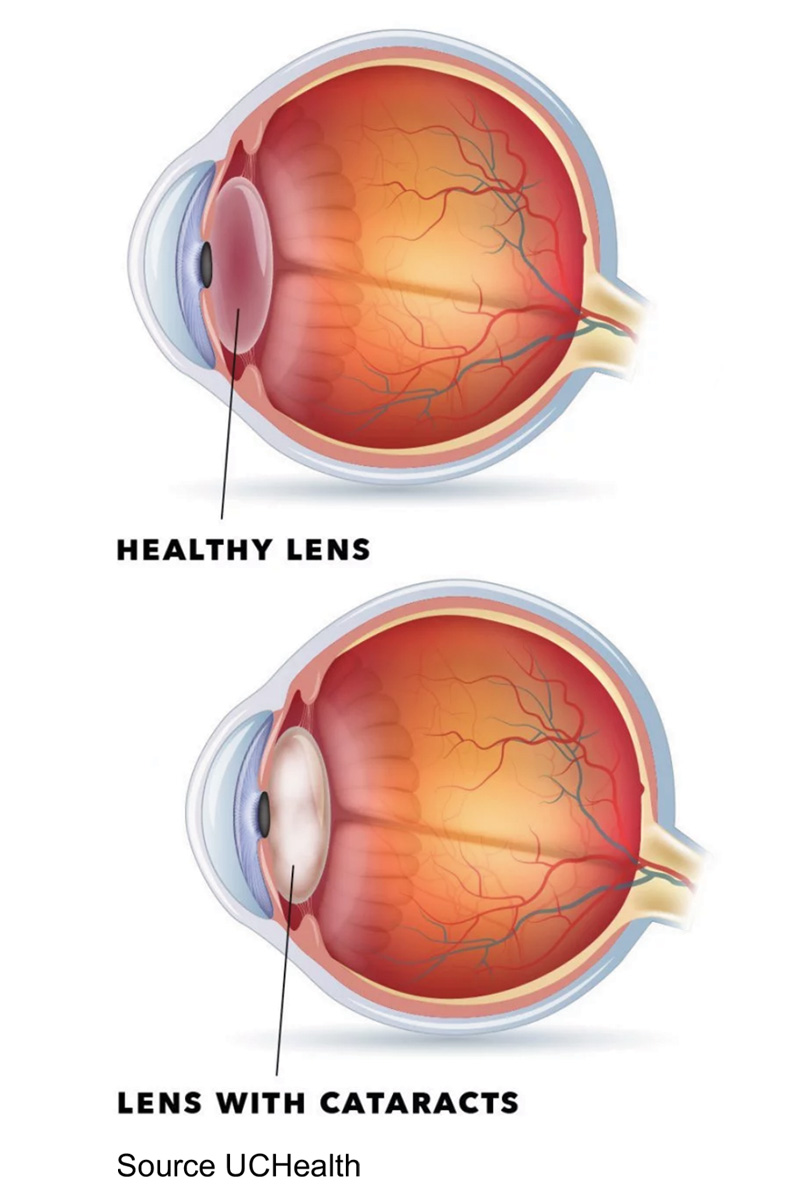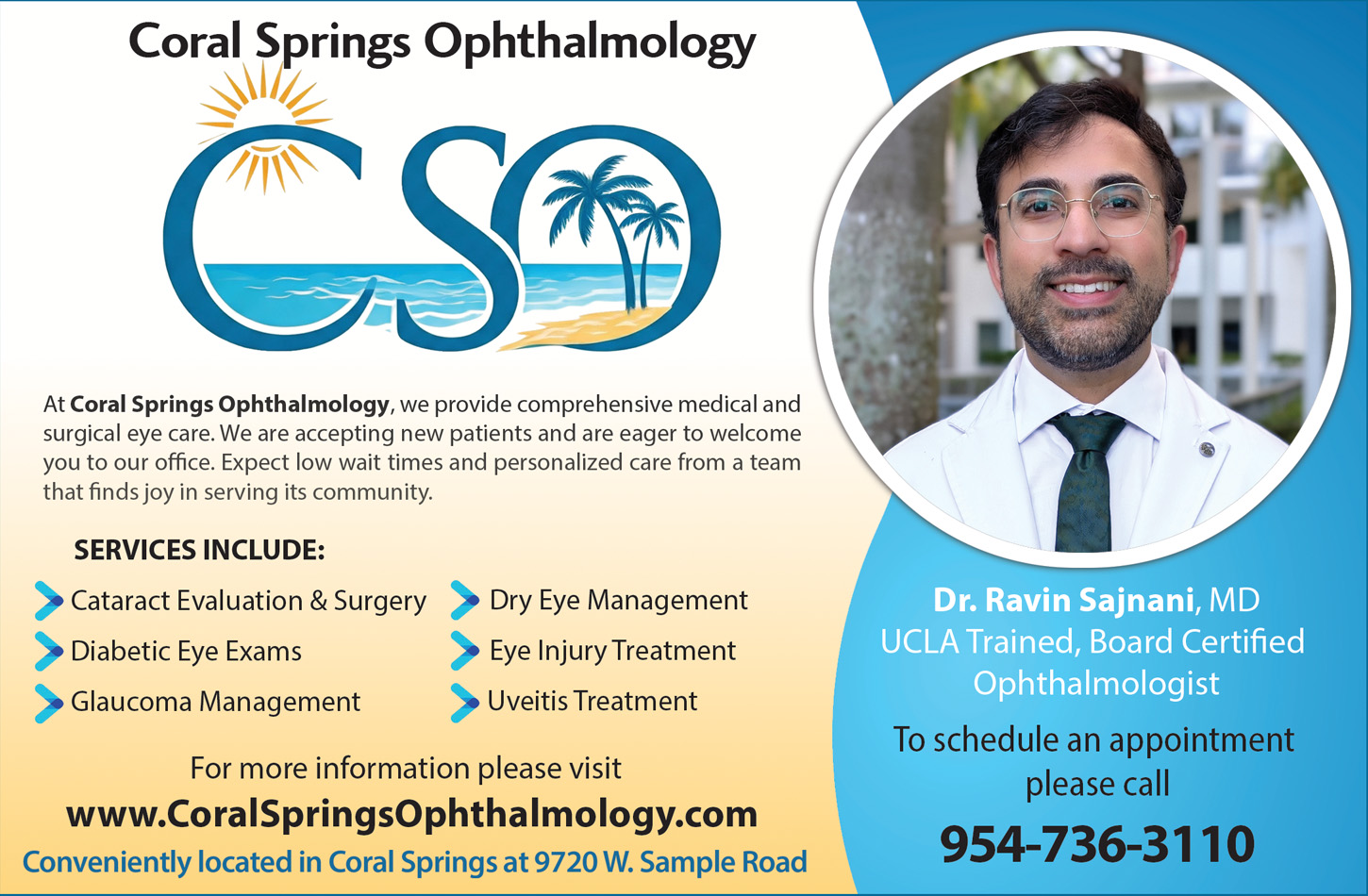What are Cataracts?
By Dr. Ravin Sajnani, MD
We all have a natural lens inside our eyes. This lens focuses the light entering the eye to help us see clearly. The lens is kind of like an onion, and as the years go by, this onion keeps growing new layers. Like this, the lens grows bigger over time and eventually starts to become cloudier. This process affects everyone, and once the lens becomes cloudy, we call it a cataract. Eventually it can become cloudy enough that it starts to affect the vision. You may notice: it’s harder to read small letters even with glasses, you need more light when trying to read, and/or very bright lights (like cars on the road) start to bother you. When the cataract is causing problems in your day-to-day life, it may be time to consider cataract surgery.
During cataract surgery, the cloudy lens inside the eye is removed, and a new clear artificial lens is inserted into the eye – it’s like replacing the old, cracked windshield of your car with a new windshield. There are many types of artificial lenses. The basic type helps for distance vision, but you will need glasses for reading up-close. There are also newer types of lenses available that help for both distance and reading without glasses. Your eye surgeon can help you figure out what the right lens is for your eye and visual needs.



